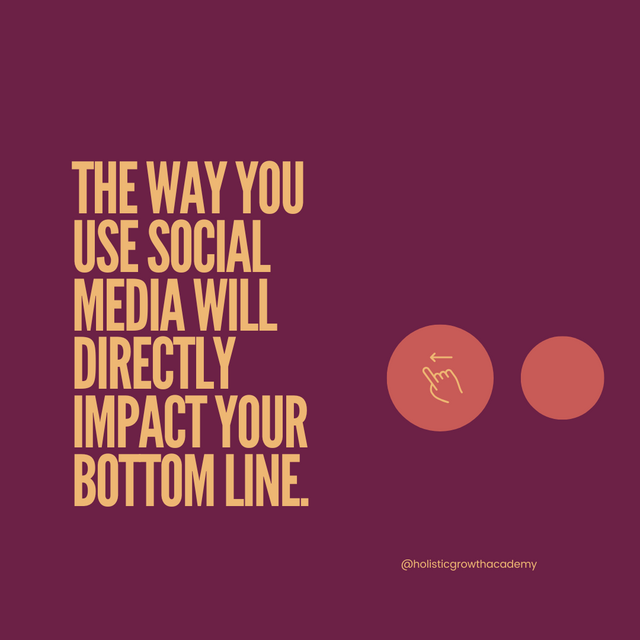
In today’s digital landscape, social media is more than a platform for visibility—it’s a critical revenue-generating tool that can reshape how businesses connect, engage, and ultimately sell. Many business owners understand the value of social media for awareness but miss its potential for driving direct revenue. By strategically thinking of social media as an integral part of your cross-platform approach, you can unlock new streams of income, engage customers at every stage of their journey, and create a loyal community that fuels your business growth.
1. Building a Revenue-Generating Mindset
The first step is a mindset shift. Social media isn’t just a “nice-to-have” or a way to post occasional updates; it’s a valuable asset that can directly impact your bottom line. A revenue-generating approach to social media means seeing each post, story, ad, or engagement as a potential sales interaction. This involves strategically mapping out content that serves the entire customer journey—from awareness to conversion and retention.
A common pitfall is using social media solely for awareness and branding without tying it back to revenue goals. By shifting to a revenue-focused strategy, businesses can track the impact of their content on sales and understand which types of posts convert. This doesn’t mean every post is a hard sell, but each piece of content should have a purpose in the revenue generation cycle.
2. Integrating Social Media into a Cross-Platform Strategy
A robust social media strategy is only effective when integrated with other channels such as email marketing, paid ads, and your website. A cross-platform approach provides a seamless experience for your audience, allowing them to move fluidly between channels. For instance, social media posts can drive traffic to specific landing pages, where retargeting ads and email follow-ups reinforce your brand message and call-to-action, encouraging conversions.
Cross-platform strategies leverage the strengths of each channel, allowing your business to reach a broader and more targeted audience. Social media plays an integral role by creating that initial touchpoint, but it’s through coordination with other platforms that you maximize the impact. For example, someone might discover your brand through an Instagram post, sign up for your newsletter for more information, and eventually make a purchase after seeing an email promotion or retargeted ad.
3. Engaging and Retaining Customers
Social media enables direct engagement, fostering relationships that can turn followers into loyal customers. Interactive posts, responsive customer service, and behind-the-scenes content humanize your brand, encouraging trust and connection. By engaging your audience, you build a community invested in your products and services, making them more likely to make repeat purchases and refer you to others.
Moreover, retention-focused social media efforts—such as exclusive offers for followers, early access to new products, or community groups—can improve customer lifetime value. When customers feel part of a brand’s journey, they’re more inclined to stick around, contributing to sustained revenue growth.
4. Data-Driven Decisions for Revenue Growth
Social media platforms offer valuable insights that can drive revenue when analyzed correctly. Data such as engagement rates, click-through rates, and conversions provide insights into which content resonates and what leads to sales. By using this data, you can continuously optimize your strategy to focus on the content that drives the most revenue. This constant iteration allows businesses to stay agile and responsive to changing audience needs.
5. Conclusion: Making Social Media a Profitable Venture
Social media as a revenue-generating tool demands more than just sporadic posts; it requires intentional planning, data-driven decisions, and integration with other platforms. By approaching social media with a revenue mindset and tying each post back to your sales goals, you can elevate your brand, engage meaningfully with your audience, and ultimately increase your revenue. For any business today, understanding social media as a pillar of your cross-platform strategy can mean the difference between simply existing online and thriving.
-(2).png)
Leave Comment Below